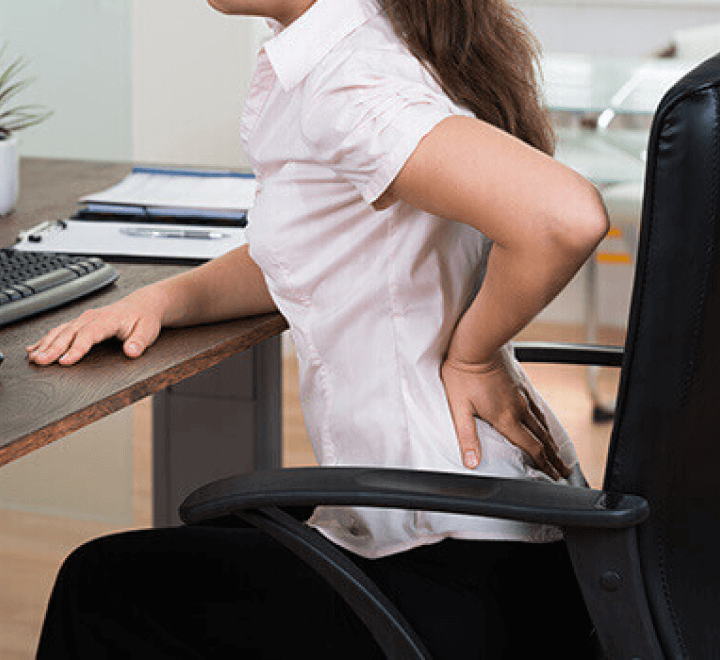
Spondylolisthesis: Causes, Symptoms &
How to Sit Without
Making It Worse
If you’ve been diagnosed with spondylolisthesis, you know how frustrating and limiting it can be. Whether it causes a dull ache or radiating leg pain, this condition can make everyday activities—especially sitting—feel unbearable. But the right posture and chair support can make a big difference.
Let’s break down what spondylolisthesis is, why it happens, and how you can reduce pain by improving the way you sit.
learn how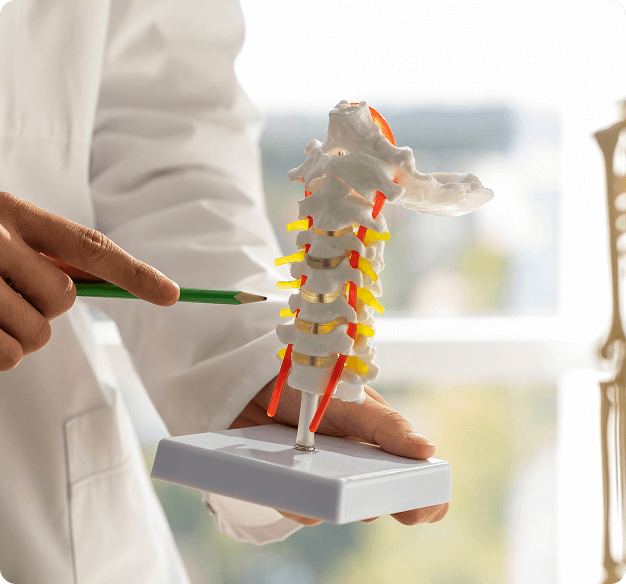

What Is Spondylolisthesis?
Spondylolisthesis occurs when one vertebra slips forward over the one below it. This slippage most often happens in the lower spine, particularly at L5-S1, where your lumbar spine meets your sacrum. It can be caused by a variety of factors, including:
- Congenital defects (present at birth)
- Stress fractures (common in athletes)
- Degenerative changes (from aging or disc wear)
- Trauma or injury
- Surgical complications
Depending on the severity, this slippage can lead to pain, instability, nerve compression, or even changes in gait and posture.

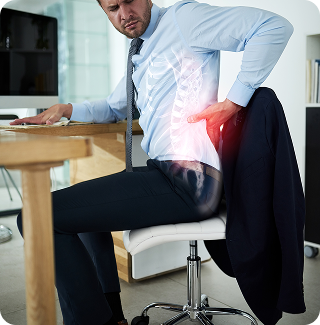
Common Symptoms of Spondylolisthesis
Not everyone with spondylolisthesis has symptoms, but when they do appear, they can include:
- Lower back pain that worsens with standing or activity
- Radiating pain into the buttocks or legs (sciatica)
- Muscle tightness, especially in the hamstrings
- Difficulty walking or prolonged standing
- Tingling or numbness in the legs
Pain often gets worse after periods of inactivity—especially after sitting in a poor position for too long.
Why Sitting Makes Spondylolisthesis Worse
When you sit, your spine naturally curves. If you’re slouching or sitting in a chair without lumbar support, your pelvis tilts backward, placing extra stress on your lumbar spine—particularly at the segment where the vertebra is already unstable.
Poor sitting posture can:
- Increase anterior shear forces, worsening vertebral slippage
- Compress the facet joints and nerve roots
- Decrease circulation to spinal tissues, reducing healing capacity
A 2021 study published in Healthcare found that prolonged poor posture and lack of lumbar support were significant contributors to increased spinal loading and back pain in people with lumbar instability.¹



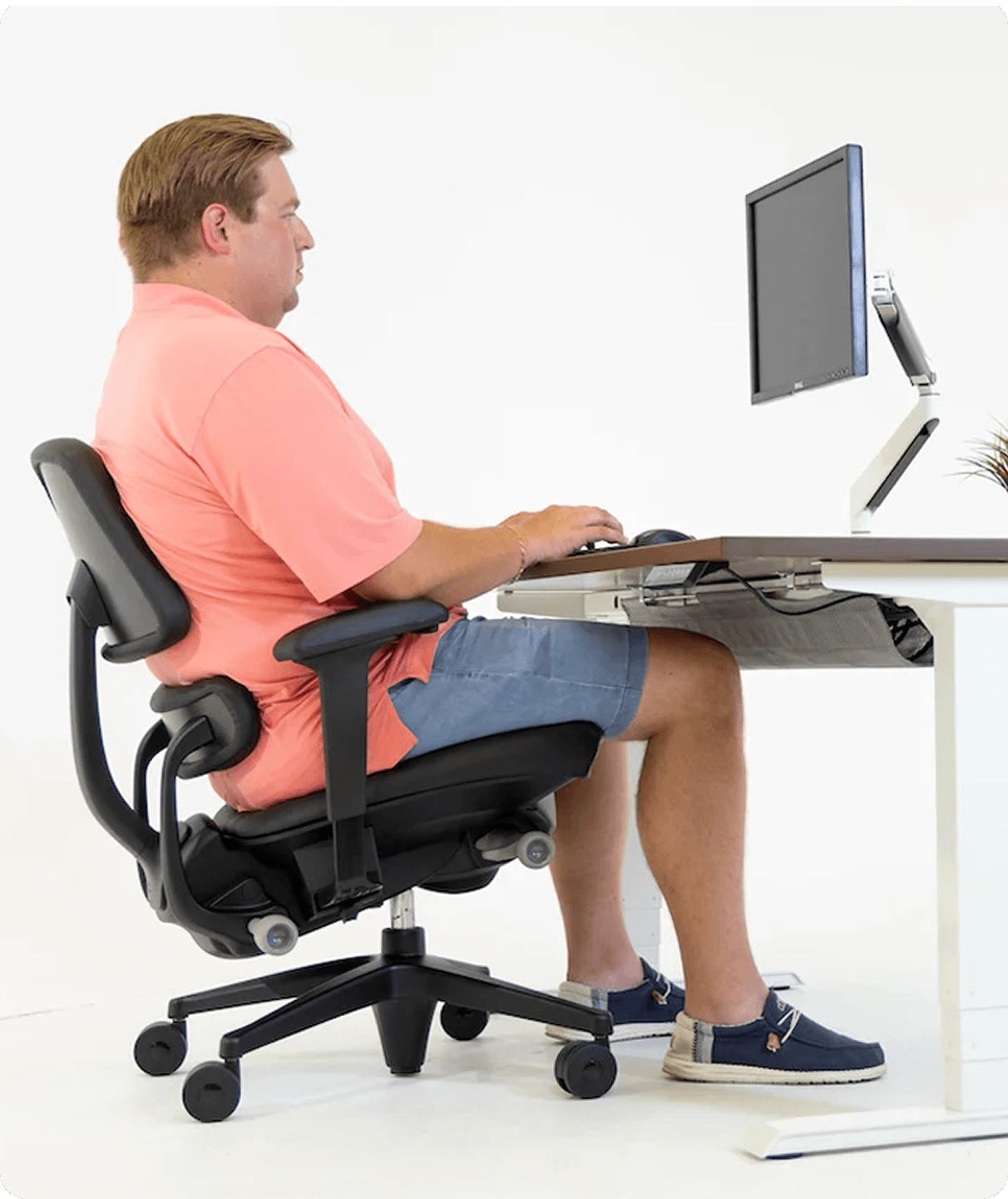
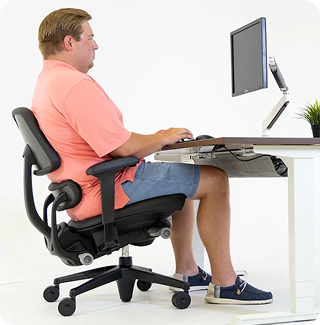
How to Sit Better with Spondylolisthesis
Supporting the natural curve of your spine and reducing forward slippage is key.
Here’s what helps:
Support Your Pelvis
1
A neutral pelvis position prevents the spine from collapsing. Look for a seat that:
- Promotes a neutral pelvic tilt without forcing it
- Stabilizes your pelvis so your spine can stack naturally
- Support that sits low on your back, at the level of the sacrum and L5 vertebra, can help reduce shear forces and support the slipped vertebra.
Support the Upper Back
2
This is important to prevent thoracic spine collapse which increases
pressure in the spine and may result in shear forces and a slipped disc.
Avoid Soft, Collapsing Seats
3
Sinking into your seat allows your pelvis to roll back, increasing lumbar pressure.
A supportive, contoured cushion helps maintain spinal alignment.
Why the Chair You Use Matters
The wrong chair can make spondylolisthesis symptoms worse. At Anthros, we designed a chair that specifically addresses the mechanics of spinal loading and posture.
The Precision Posture System features independently adjustable pelvis and upper back supports to hold the body in optimal alignment. Maintaining a neutral pelvis reduces disc pressure and promotes long-term spinal health for all body types.
The Anthros cushion is designed for long-term comfort and support in upright, neutral pelvis posture. Traditional cushions create high peak pressures under the sit bones, making it difficult to maintain healthy posture for hours. Our premium foam cushion, enhanced with Cloudfloat™ and Cloudtex™ technology, minimizes peak pressure to provide stable, pressure-relieving support—so you can sit upright comfortably, all day long.
The Anthros tilt feature supports your posture even as you shift into a relaxed position—without encouraging slouching or spinal strain. 3D human modeling confirms that the tilted position reduces disc pressure more effectively than either upright or reclined postures. This makes it ideal for those with spondylolisthesis, helping you stay comfortable while protecting your spine.
TAKE CONTROL
OF YOUR DAY
Spondylolisthesis doesn’t have to control your comfort or limit your workday. With the right tools—and the right way of sitting—you can reduce pain, support healing, and get back to what you love.
Book A Free Consultation SHOP THE ANTHROS CHAIR60 Day Money Back Guarantee
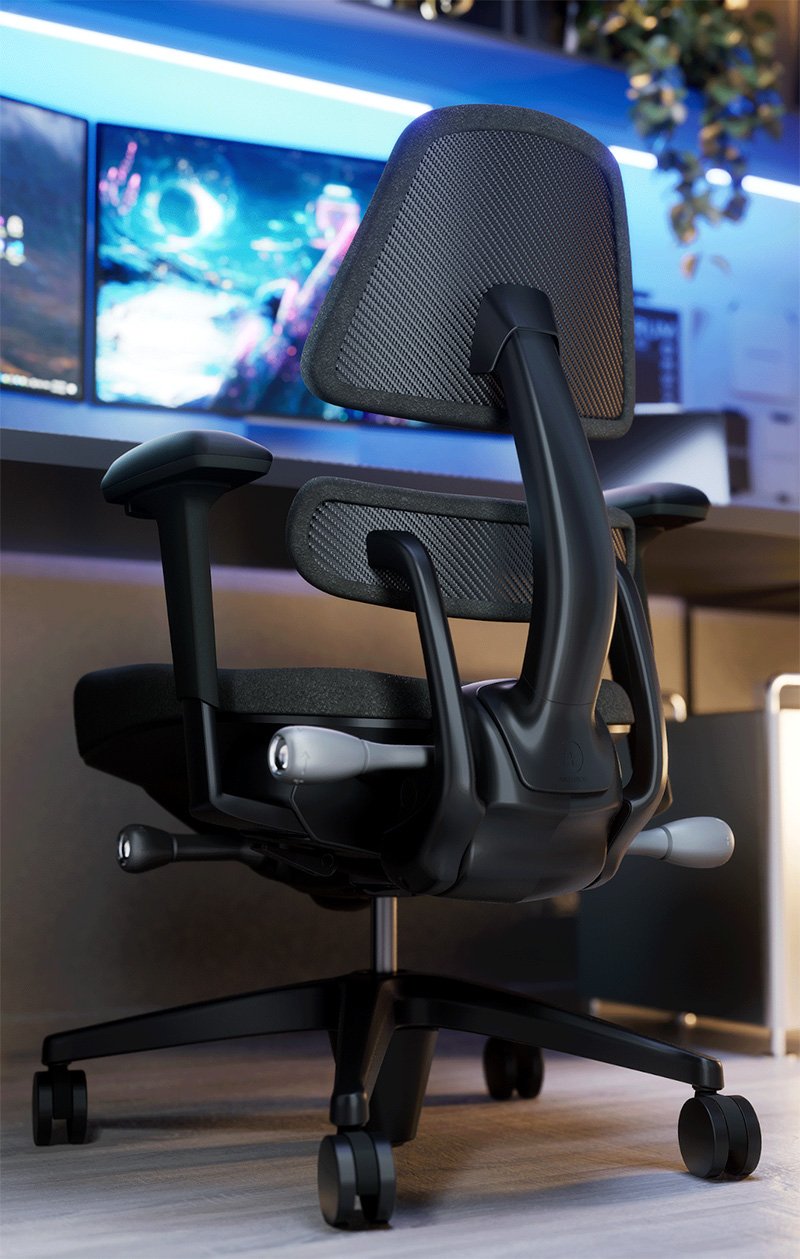
Join the Anthros family
Sign up to get special offers, the latest videos, new, + more!
By signing up, I agree with the data protection policy of Anthros
Info
Join our email list
Sign up to get special offers, the latest videos, news, + more.




